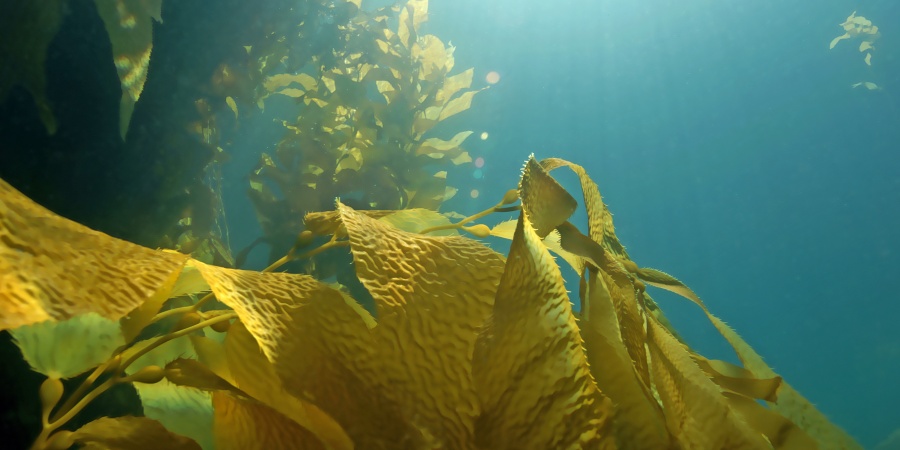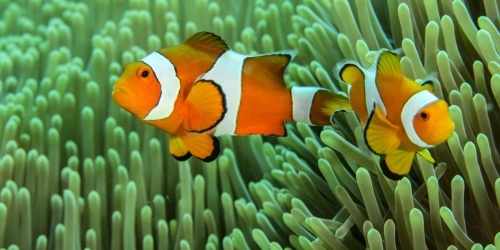
Seaweed - Photo kgrif / Adobe
What are seaweeds? Seaweeds can be slimy, hard, delicious (although some are poisonous and can make you very sick), have rainbow colours or have weird names like dead man’s fingers and cactus weed. There are probably thousands of different species throughout the world’s oceans but they are all simple plants with no root systems or flowers. Because they don’t have roots they need a firm surface, such as a rock, to grow on.
Why are they important? All animal life in the ocean is in some way linked to marine plants and seaweeds are essential to ocean health. Some 400 different species of seaweeds around the world are used by people for food, stock feed, medicines and fertilisers. These seaweeds generate billions of dollars each year. You have probably eaten some seaweed today – extracts from seaweeds are used in toothpaste, ice cream and many other foods.
What do seaweeds look like? There are three groups of seaweeds: red, brown and green. Two types of brown seaweed that you will probably recognise are kelp (Ecklonia radiata) and sargassum. Kelp is found washed up in long brown leathery strips or clumps. Sargassum has small round air bladders that kids love to pop. A common green seaweed is sea lettuce. This can be eaten and even added to salads and soups. It is a very bright translucent green. See how many different types you can see next time you are walking along the beach.
Where are they found? The coast of Western Australia supports more than 1000 different species of seaweed and they are found in all of the State’s marine habitats and in all of our marine parks.
Interesting facts: Jelly weed (Betaphycus speciosum), a type of red seaweed, was collected by early settlers to WA and boiled to make jelly. If you’d like to try this too, you can buy a low-cost, pocket-sized Bush Book called Marine Plants of the Perth Region that will help you identify the right species and give you the recipe for preparing your own jelly from the sea.
How you can help protect seaweeds: Not all seaweeds are welcome. Introduced seaweed species can sneak in via ocean currents or by hitching a ride on a ship, or be accidentally introduced by unsuspecting people dumping the contents of marine aquaria. Once established, they can crowd out native species and cause significant long-term ecological and commercial damage. By being vigilant, and keeping a watchful eye over our marine environment, we can help to keep Western Australia free of these invasive pests and also protect our native seaweeds and other marine plants and animals.



























